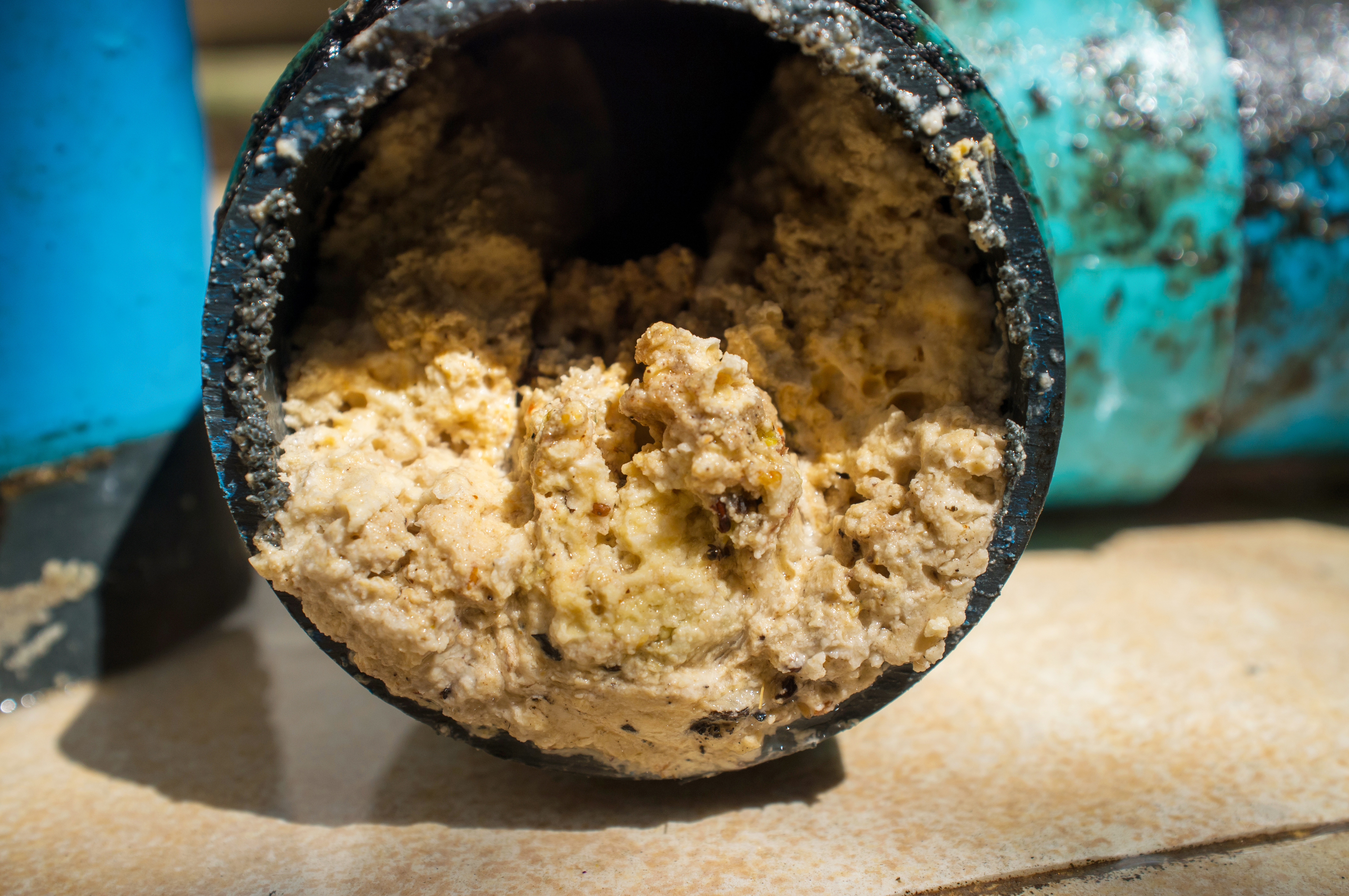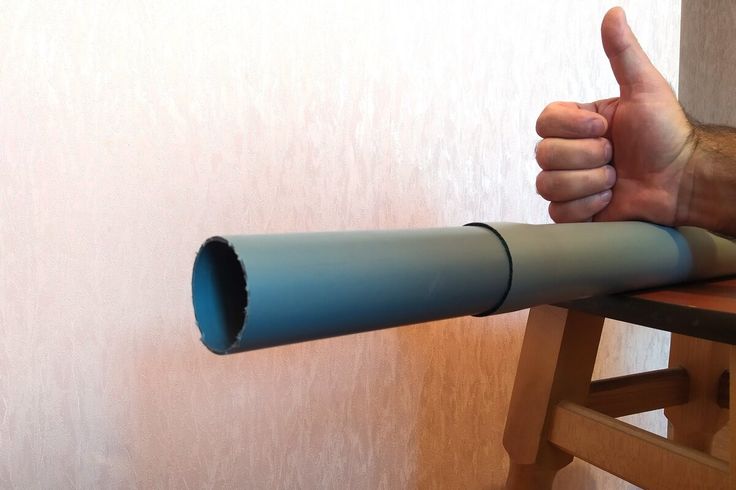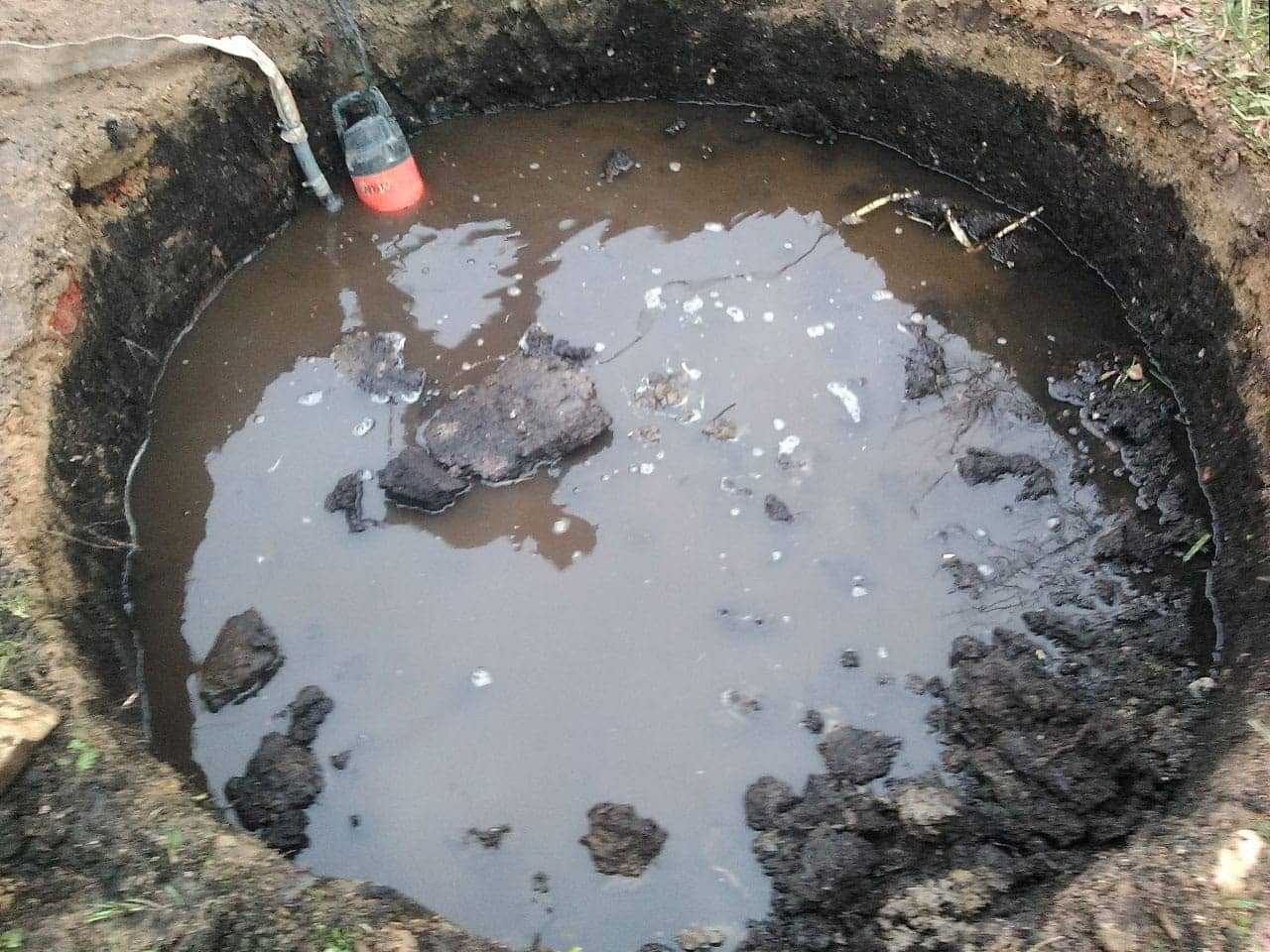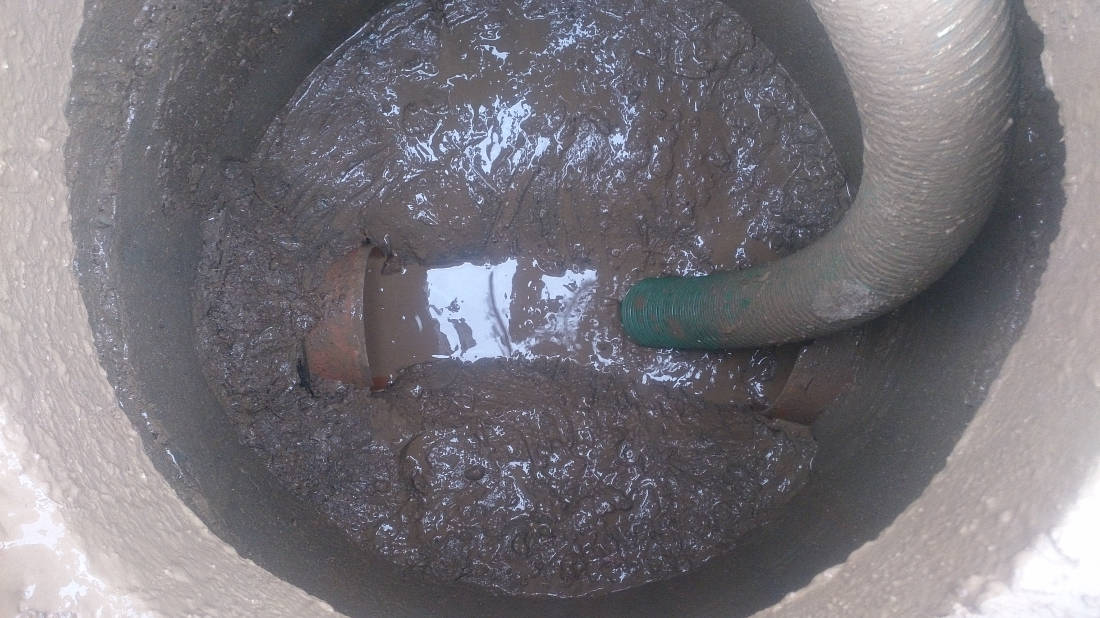Equipping buildings with storm sewers is a necessary stage of construction or renovation. Erosion of the soil around the foundation by rainwater, flood problems shorten the life of the structures. If you have a basement or basement, you should also prevent the ingress of groundwater into the house. A properly executed storm drain will solve these issues.
Storm drain design
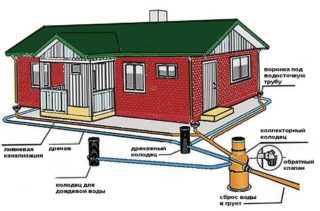
In order to properly arrange a stormwater system, one must imagine its design and its main components. The drainage system includes:
- a network of gutters from the roof of the building;
- trays or pipes that drain water;
- collectors.
A feature of this system is the absence of extraneous influences on the water flow.
Rainstorms are performed in an open or closed form. Open systems are built on the surface of the ground. They collect excess moisture and send it to a collector. If the volume of drains is small, then such a design will be rational. Closed structures are immersed in the ground to the design depth.
Rainstorms are made point or linear. A point structure is arranged if there is a drainage system in the building. It is equipped with storm water inlets, which are equipped with filters. These elements prevent foreign objects and debris from clogging the system. The linear system collects water from a larger area on the site.
Requirements for pipes for storm sewers

The movement of water flows through the pipes of the stormwater system occurs without the use of pumping equipment - by gravity. For this reason, there are no special requirements for the structure with respect to internal pressure strength.
- The pipes are robust enough to support the weight of the bulk soil.
- The material of the products is able to withstand operation at low temperatures without losing properties.
- The pipes are resistant to chemicals.
- The inner surface must be smooth so that the water can move without obstruction.
The material of the stormwater elements is selected based on the operating conditions and the throughput of the pipeline.
Manufacturing materials
Asbestos-cement pipes
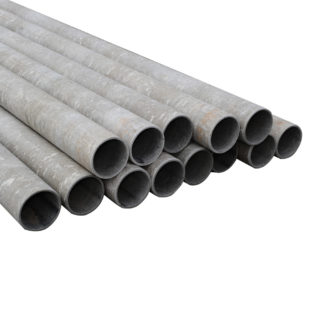
A drainage pipe for storm sewers made of asbestos cement has many advantages:
- good mechanical strength;
- long service life;
- high resistance to decay and corrosion;
- low degree of thermal conductivity of the walls;
- the presence of a very smooth inner surface.
The material also has its drawbacks:
- the large weight of the products creates certain difficulties for installation;
- low resistance to point mechanical stress;
- it is difficult to reliably perform the joints of the elements and their waterproofing.
In many countries, the use of asbestos cement is gradually being phased out.
Pvc

Rigid single-layer pipes for stormwater drainage with a diameter of 110 mm and 160 mm are produced from polyvinyl chloride. They have good technical characteristics:
- Durability - laid to a depth of 4 meters.
- The smooth inner surface does not obstruct the movement of water.
- A large assortment of fittings and shaped elements - they carry out the installation of complex systems.
There are significant drawbacks to using such elements. They are produced in lengths up to 3 meters. The rigidity of the material requires a large number of additional parts when arranging turns and branches, which significantly increases the price of stormwater.
Plastic
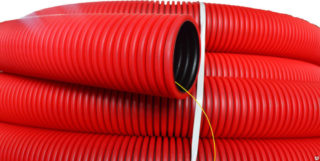
Multi-layer structures made of various plastics are popular. Components for pipe layers:
- PVC;
- HDPE;
- polypropylene;
The inner layer is made of a material that provides a perfectly smooth surface. The outer shell is a reinforcing layer.
- This structure allows the pipe to be flexible with sufficient ring strength. This is of great importance when constructing curved structures or systems with many turns.
- There is no need to use additional elements, which reduces the final cost of the entire storm sewer.
- Products are produced with a diameter of 63 mm to 200 mm. Flexible pipes are easily rolled into coils. The purchase of parts of various lengths is beneficial, since there is no need to install docking assemblies. In addition, the material can be purchased in the required quantity.
Multilayer pipes are used for storm drains of varying complexity of the device.
Fiberglass
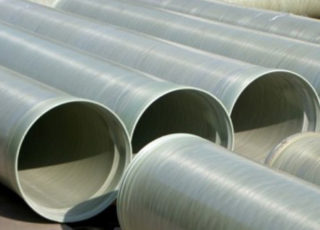
Fiberglass pipelines are often used for large drainage systems. Such products are produced with a diameter of 500 mm. The length is 6 m or 12 m.
Advantages of fiberglass pipes:
- light weight;
- great strength;
- chemical neutrality to aggressive substances;
- environmentally friendly material;
- long service life.
The capacity of the pipes determines the required size. Usually, a storm sewer pipe diameter of at least 100 mm is used. By length, it is better to choose the maximum size of the elements. This makes it possible to make fewer joints.
Installation steps
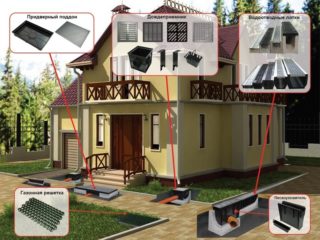
Shallow laying of storm sewer pipes allows, in many cases, to carry out the device independently. Complex systems require the involvement of professionals.
Installation of stormwater drainage consists of several stages:
- The calculation of the throughput of the pipeline is made based on the maximum amount of water that will enter the system.
- Execution of a drawing of a future structure with all elements.
- Selection of the sizes of individual parts.
- Trenching for pipes.
- Assembly of elements.
Here are some things to keep in mind:
- Storm sewers are laid in an open or closed way.
- The stormwater drain is located above the general drainage system.
- The depth of the pipes is recommended below the freezing mark. When this is not possible, the structure is insulated with heat-insulating materials, which should be protected from groundwater.
- Free flow of water is provided by a slope device - on average 10 mm per 1 m. The slope of the pipeline depends on the diameter of the pipes.
The connection of individual elements to each other is performed in several ways:
- Single-layer PVC parts are equipped with inner seals in the form of rings. Installation is simple.
- Multilayer plastic pipes are connected using rubber O-rings. The second option is to use electrofusion or heat shrink sleeves.
- Fiberglass parts are connected with special couplings, inside which O-rings are fixed. Thus, a strong and sealed joint is obtained.
Incorrect calculation of the slope of the storm drain threatens clogging. This particularly applies to the joints of individual elements and turns of the structure.
Pipe cost
The price of drainage pipes for storm sewers depends on the material of manufacture, the size of the products, and the manufacturer.
The best option for a private house would be to use flexible pipes with a corrugated outer surface. The most expensive are fiberglass products.
A properly calculated and installed storm sewer system will extend the service life of a building or structure without losing technical characteristics.

